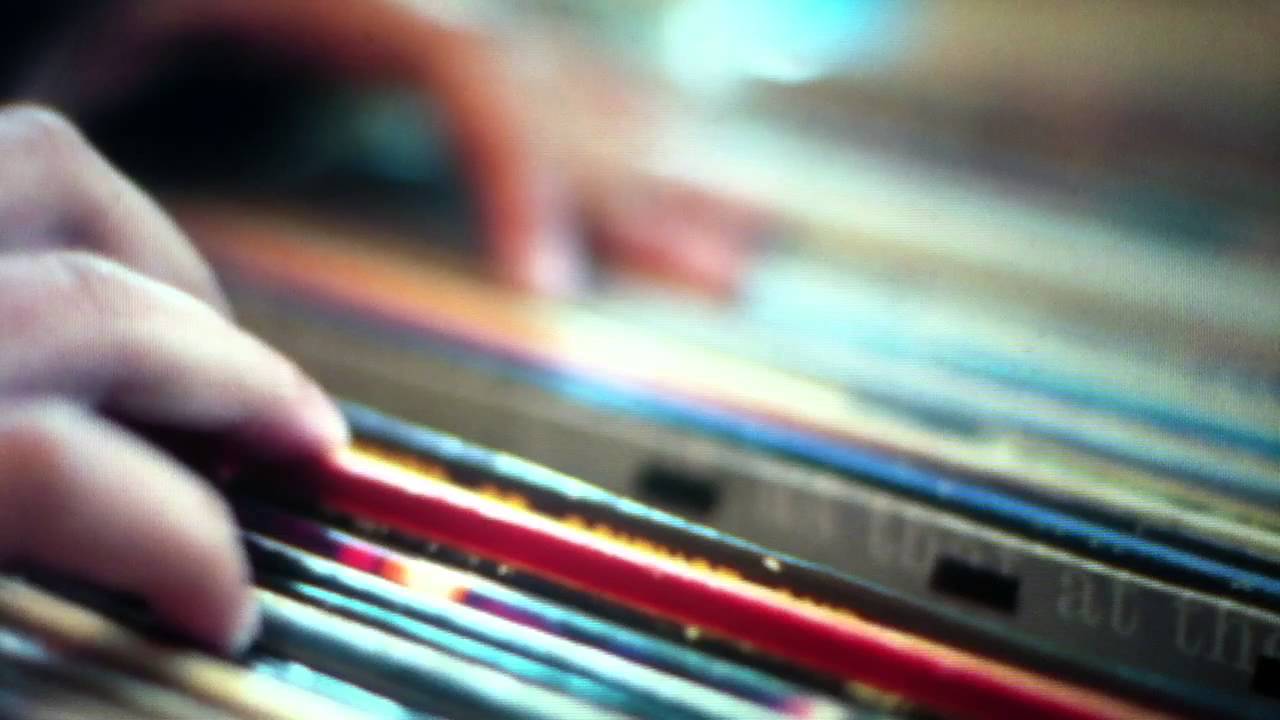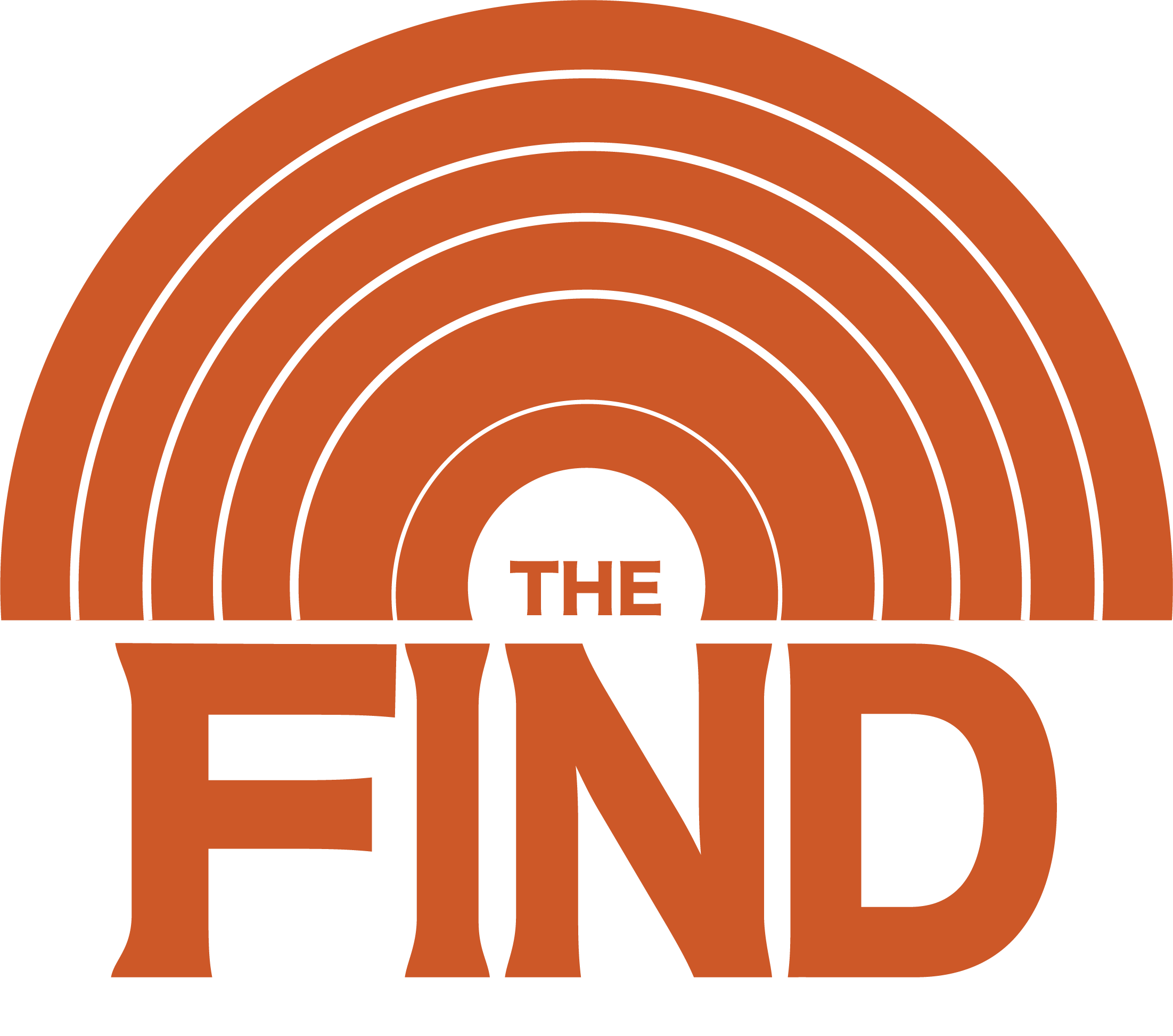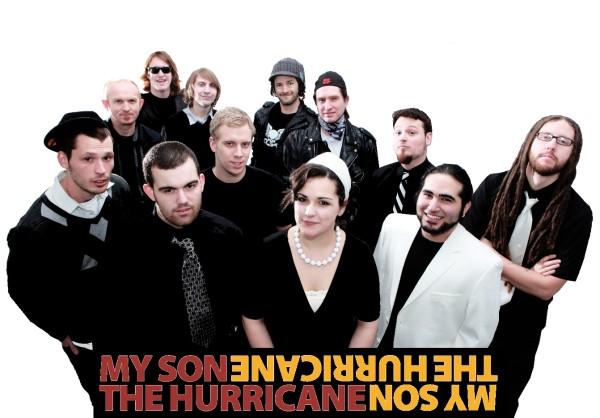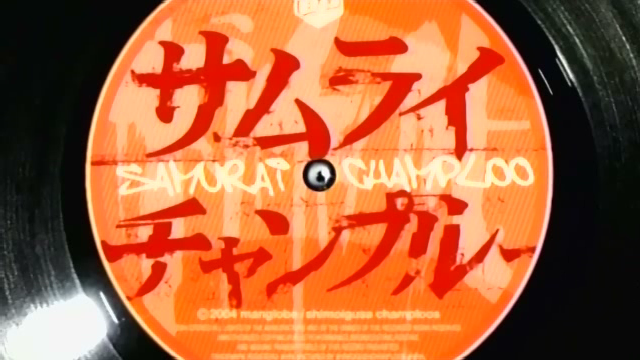Licensed to Sample: New Solutions for the Practice of Sampling

‘Yeah, I sampled your voice, you was usin’ it wrong. You made it a hot line. I made it a hot song.’
— Jay-Z, “Takeover” (2001)
A while ago I had the pleasure to have a chat with the co-founders of Tracklib, a new platform with the mission to make sampling and licensing fast, easy and affordable for anyone. Endorsed by the likes of Questlove, Prince Paul and Tom Silverman (of Tommy Boy Records), their catalogue offers thousands of samples and stems of original recordings. All within a hand’s reach for only a few bucks—and without the bewildering hassle of music licensing.
The conversation left me with two realizations. One: Tracklib truly is a trailblazer for beatmakers and musicians alike, making licensing almost as easy as opening your production software. And two, a reaffirmation: fully understanding the world of sampling and music licensing is still as hard as ever…
Hence why I’ve decided to share this article, exploring the practice of sampling. It was originally published in our print edition, written by law school graduate and hip hop fanatic Logan O’Shaughnessy. The aim: to encourage (aspiring) producers and hip hop heads—myself included—to comprehend the do’s and don’ts just a little bit more. Including informative legal cases with Beastie Boys, Marley Marl, Snoop Dogg & Ghostface Killah:
Licensed To Sample:
Possible Solutions for the Practice of Sampling
Sampling, the act of using pre-existing song material for use in new recordings, has been a popular practice in music, particularly hip hop music, since the 1960s. Jamaican DJs invented the practice of sampling, in part, by manually manipulating the playback on vinyl records during live performances and performing over instrumental versions of recorded songs. The DJs’ new musical technique, called “Jamaican dub”, soon made its way into Bronx, New York and started to revolutionize the New York music scene.
Words: Logan O’Shaughnessy
By the 1980s, technology used for sampling became more advanced and music producers could digitally store short, individual samples for use in new studio works. Soon thereafter, artists such as Prince Paul and the Beastie Boys started creating diverse, multilayered samples that helped catapult hip hop music, and the practice of sampling, to the new creative heights enjoyed today.
As hip hop music continued to rise in popularity, however, it became almost unavoidable that the practice of digital sampling would become the subject of numerous lawsuits. Samples, the fixed series of sounds from pre-recorded songs, are generally regarded as sound recordings and are protected by the federal Copyright Act of 1976 (the Copyright Act). Sound recordings are unique from books, movies, architectural drawings, and other protected works, because each recording provides musicians with two different, distinct copyrights.
One copyright protects the artist’s original composition, and/or lyrics used in the sound recording, and the other protects the notes and rhythms that the artist used while performing the song during recording. Armed with a dual layer of copyright protection, artists, whose original works were being used in samples for hip hop songs, sought to prevent further unauthorized use of their recordings by proving: (1) ownership of their valid copyrights, and (2) that the “sampling artist” copied enough of their works to be considered an unlawful infringement of the original recordings.
“Hip hop musicians and record companies, therefore, should become familiar with possible solutions in order to continue and further develop the practice of sampling”
Early cases, however, suggested that, while proving ownership of a valid copyright may be easy, establishing that a sampling artist copied an original recording to the degree that it constitutes an unlawful infringement seemed to be more difficult. In Williams v. Broadus (Marley Marl v. Snoop Dogg), for example, the federal court in the Southern District of New York considered whether the sample used was de minimis use, or use so insignificant that it should be disregarded. If the use of the sampled segment was found to be of de minimis use, the court seemed to imply that the sample could be used in new recordings without consequence.
Newton v. Diamond (jazz flutist James Newton v. Beastie Boys), a later case from the Ninth Circuit Court of Appeals, also used a de minimis use analysis and held that, while defendants did not obtain a license to use an original recording’s underlying musical composition for their sample, any alleged infringement in that case was insignificant and did not constitute copyright infringement.
The early victories for hip hop artists in Williams and Newton, however, were trumped mightily by Bridgeport Music, Inc. v. Dimension Films, a decision issued by the Sixth Circuit Court of Appeals in 2005. The court, in interpreting two provisions of the Copyright Act, abandoned de minimis use and left no doubt on the current practice of sampling in music: get a license or do not sample.
Several commentators have criticized the Bridgeport decision and the law is not necessarily binding everywhere in the United States. The rule from Bridgeport, however, is appealing to other courts and may soon be adopted nationwide because it is clear, easy to apply, and leaves little room for subjective interpretation. Hip hop musicians and record companies, therefore, should recognize the ramifications of Bridgeport, and, perhaps more importantly, become familiar with possible solutions in order to continue and further develop the practice of sampling.
Aside from paying for a license, musicians who wish to sample other works seem to have three viable alternatives:
1. Only Sample Sound Recordings Prior to 1972
The Copyright Act only protects sound recordings created after 1972. Pre-1972 recordings, as a result, are excluded from federal copyright protection and, perhaps, could be used more freely than more current sound recordings. Artists that plan to use pre-1972 recordings, however, should research appropriate state laws to determine whether the recordings are protected by state copyright protection. New York law, for example, protects all sound recordings regardless of when the recordings were made.
2. Argue that the Sampling is Fair Use
Fair Use is a possible legal defense whereby an artist accused of copyright infringement may claim that his use of the material was fair, that is, not meant to take away from the copyright holder’s rights, but instead to otherwise benefit society. For an artist to convince a court that his sample is a fair use, he must satisfy four separate factors that appear ambiguous and are inconsistently applied. To date, no hip hop artist has relied on the fair use defense in a lawsuit involving sampling.
In Abilene Music, Inc. v. Sony Music Entertainment Inc., a lawsuit not involving sampling, however, the federal court in the Southern District of New York held that rapper Ghostface Killah’s use of lyrics from Louis Armstrong’s “What A Wonderful World” for a song about drugs and sexual exploitation to be a “parody” and therefore a fair use and not subject to copyright infringement.
3. Hire Musicians to Play the Sample or Make the Sample Yourself
The Copyright Act prevents the taking of another artist’s copyrighted work for your own use. It does not prevent artists from listening to recordings and reproducing samples using live musicians. In fact, the court in Bridgeport justified its ruling, in part, on the premise that an artist’s creativity will not be significantly stifled because he is free to reproduce samples that he may use for his recordings. This may be the most effective solution to continue the practice of sampling because in most cases, practically speaking, musicians can reproduce or alter any riff or other music sample for an artist for recording.
Artists that plan to use live musicians for reproducing samples, however, should be aware that, while this approach will most likely shield you from liability from the sound recording copyright owner, you may still need to obtain a license to use the underlying musical composition for protection, which is protected by a separate copyright.
Words: Logan O’Shaughnessy



